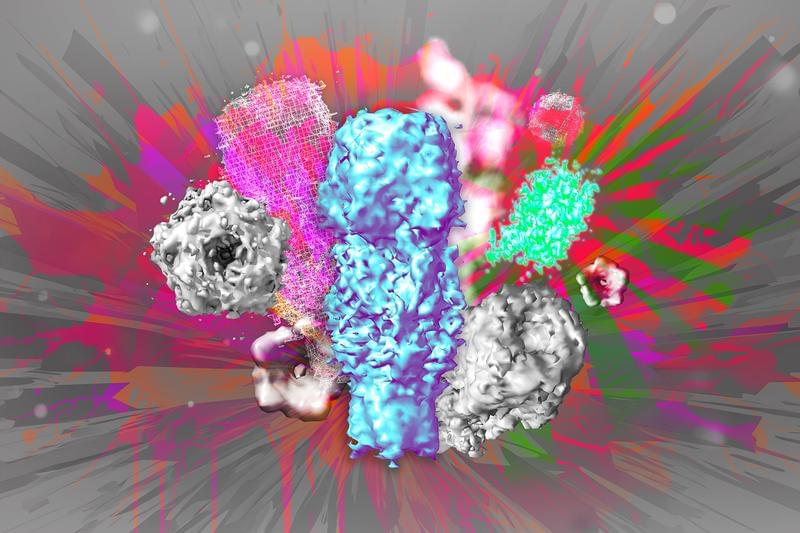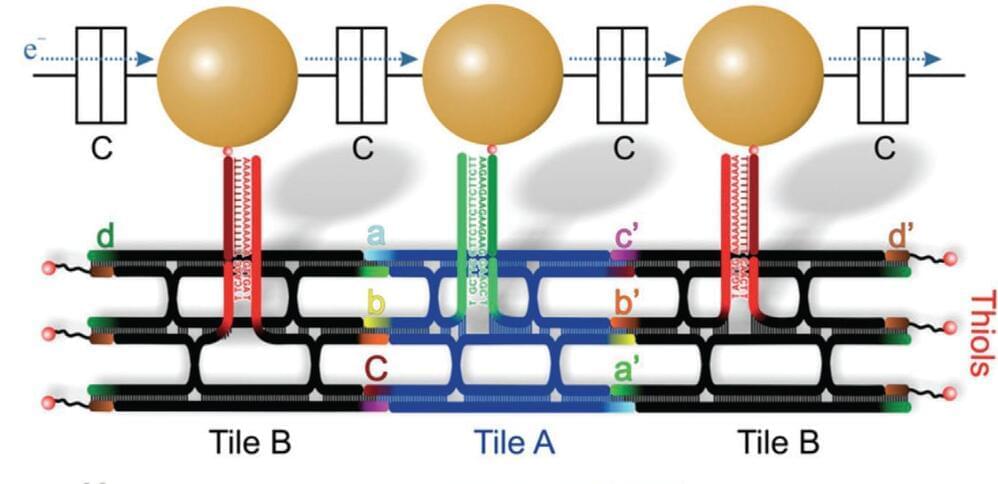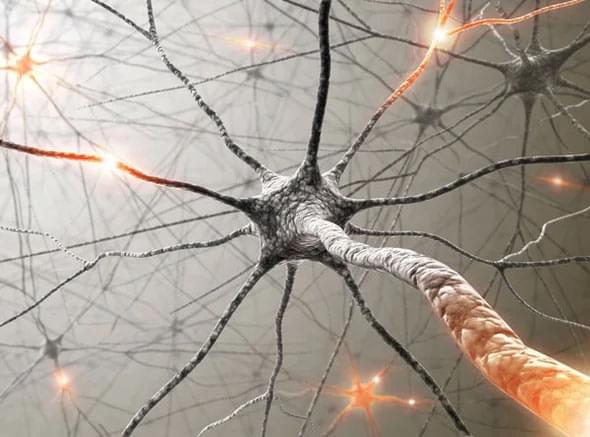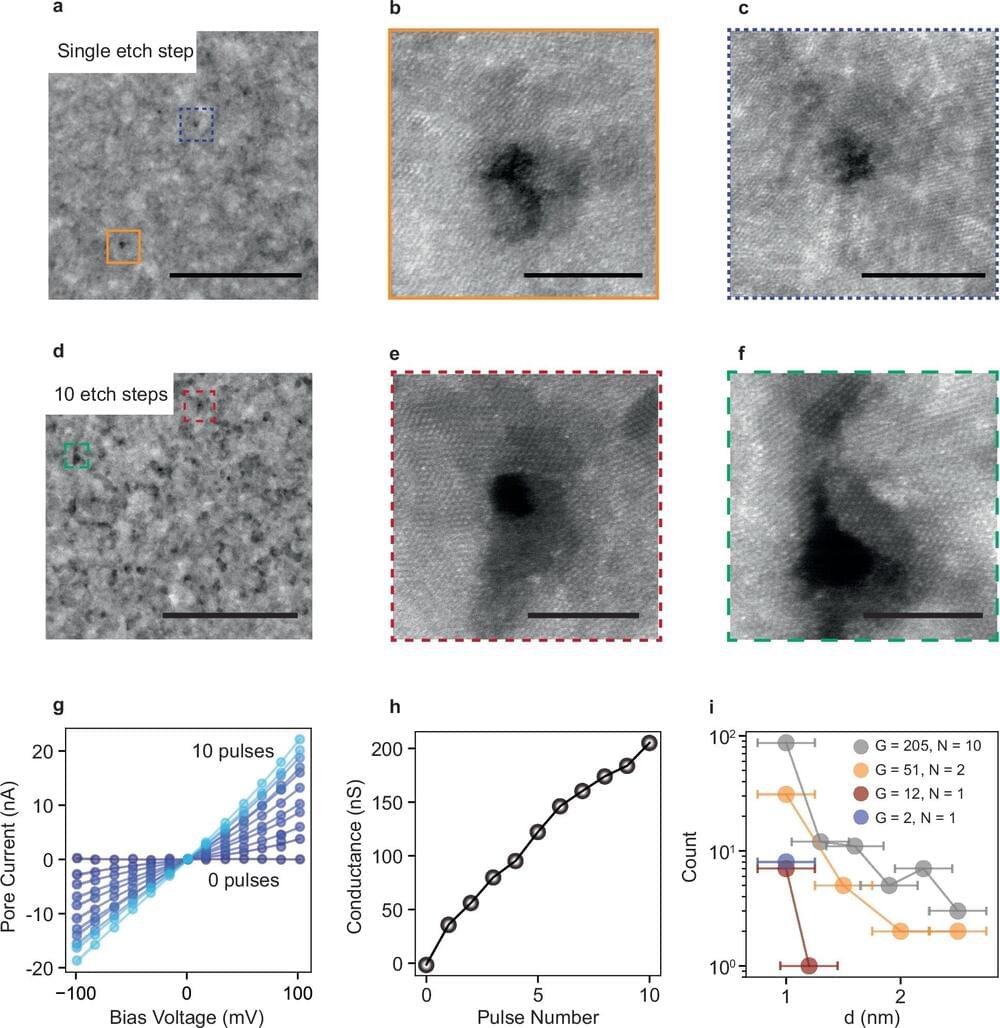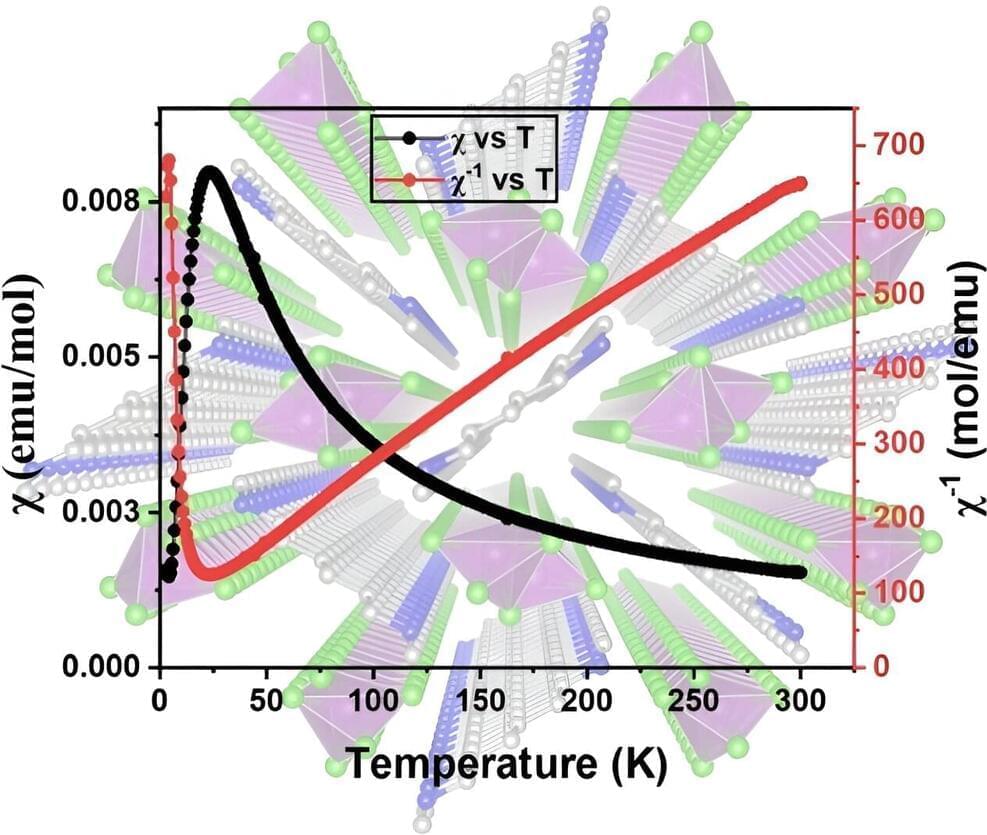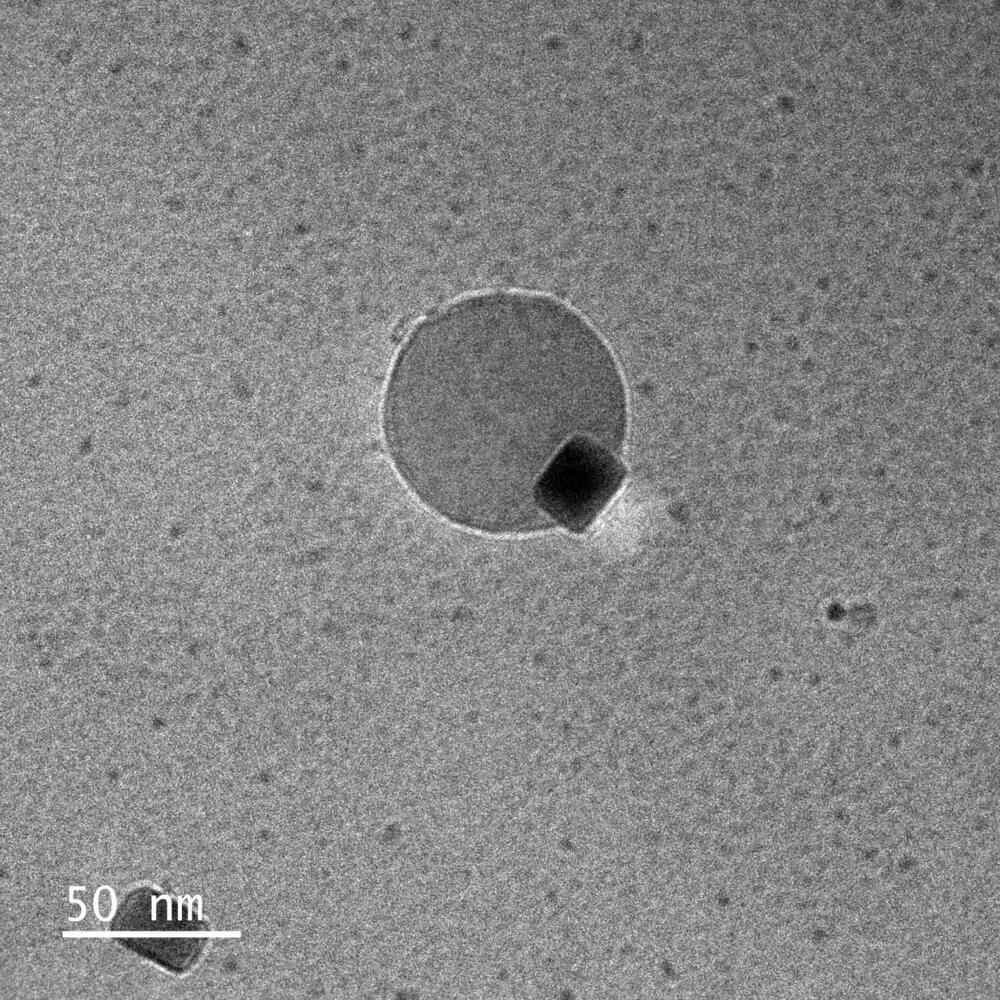Oct 10, 2024
Retractions begin for chemist found to have faked data in 42 papers
Posted by Dan Breeden in category: nanotechnology
A nanotube researcher in Japan has earned 13 retractions, with more to come, after an extensive investigation by the country’s National Institute of Advanced Industrial Science and Technology (AIST) revealed widespread misconduct in his work.
AIST’s investigation found Naohiro Kameta, senior principal researcher at the Nanomaterials Research Institute located in AIST’s Ibaraki campus, fabricated and falsified dozens of studies. He was apparently dismissed from his role following the findings.
The institute first learned of the problems in Kameta’s work in November 2022, according to a translated version of the investigation report. Initially, they looked into five papers, but eventually expanded their scrutiny to 61 articles on which Kameta was the lead or responsible author.

